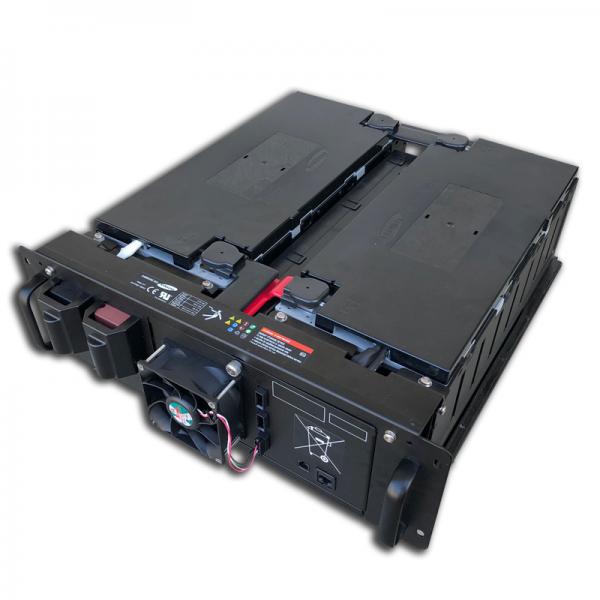urbanhomesteader
New Member
- Joined
- Nov 16, 2019
- Messages
- 6
I have a 48V li-ion battery bank with 4 (8s2p) modules totaling 272Ah with a 2Kwh solar array - I do not currently have a BMS connected. I have a 12K Growatt Inverter and plan to expand my systems array to 3-4Kwh. Here are the battery specs:
Samsung
Height: 6.5 inches
Width: 19.25 inches
Length: 21.5 inches
Weight: 110 lbs
Mounting: Rack Mount
Nominal Capacity: 68 Ah
Nominal Voltage: 58.4 Volts
Voltage Range: 49.8-65.2 Volts
Thermal Monitoring: 8 Integrated Thermistors
Battery Monitoring: Integrated Board and Compatible Plugs
Voltage Range: 49.8-65.2 Volts
Connection Out: M8 Threaded Insert
I have a off-grid setup and rely exclusively on my solar for power.
thanks for the feedback
Samsung
Height: 6.5 inches
Width: 19.25 inches
Length: 21.5 inches
Weight: 110 lbs
Mounting: Rack Mount
Nominal Capacity: 68 Ah
Nominal Voltage: 58.4 Volts
Voltage Range: 49.8-65.2 Volts
Thermal Monitoring: 8 Integrated Thermistors
Battery Monitoring: Integrated Board and Compatible Plugs
Voltage Range: 49.8-65.2 Volts
Connection Out: M8 Threaded Insert
I have a off-grid setup and rely exclusively on my solar for power.
thanks for the feedback



